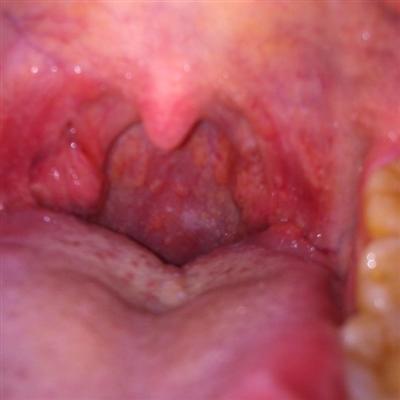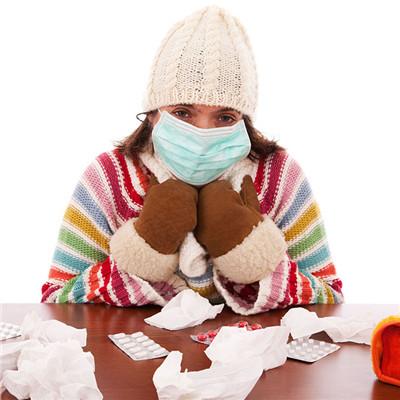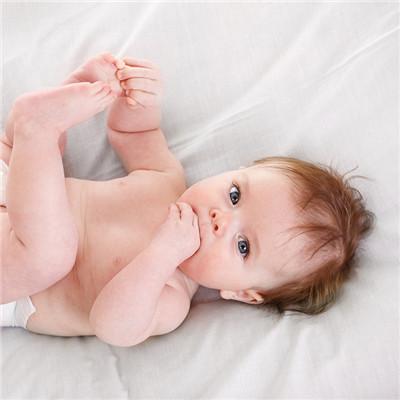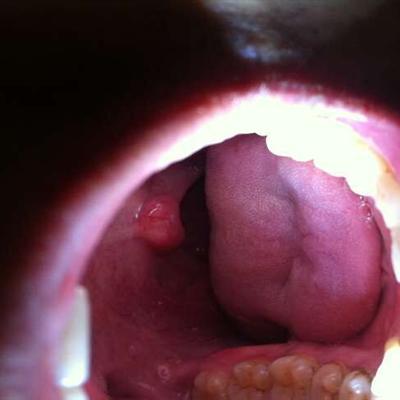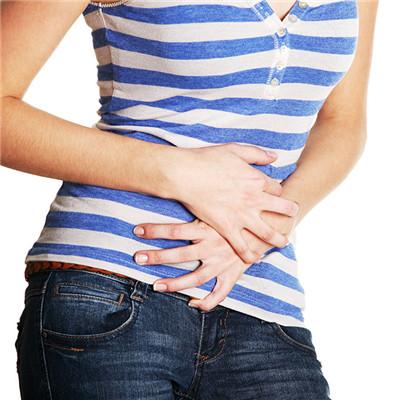How is membranous stomatitis to return a responsibility?
summary
The main bacteria causing the disease are Staphylococcus aureus, Streptococcus viridis, Streptococcus hemolyticus and Diplococcus pneumoniae. Under normal circumstances, these bacteria are not pathogenic. When the body suffers from certain stimulation, such as cold and fever, acute infectious disease, malignant tumor, long-term radiotherapy, chemotherapy or long-term use of immunosuppressants, the immune function of the body decreases, The abnormal proliferation and virulence of these bacteria lead to the disease.
How is membranous stomatitis to return a responsibility?
Primary coccal stomatitis is not common, clinical common is secondary to a certain kind of oral damage, such as herpes simplex, drug allergic stomatitis after the onset of secondary bacterial infection, this secondary infection can be called secondary coccal stomatitis, in the treatment of primary lesions at the same time should pay attention to anti coccal infection.
The disease is more common in infants, occasionally in adults. The patient had acute onset, fever, stomachache, sore throat and salivation. The child cried and refused to eat due to pain, accompanied by general tiredness and discomfort. Oral mucosa hyperemia, edema, and then erosion or ulcer, ulcerative surface covered with a layer of gray yellow cellulose exudate formation of pseudomembrane, slightly higher than the normal mucosa, pseudomembrane dense, smooth, moist like satin for the characteristics of the disease. After removing the pseudomembrane, a new pseudomembrane was formed on the erosive surface. The patient had severe pain, bad breath and local lymph node swelling. Usually, Staphylococcus aureus infection is more common in the gingiva. Pneumococci are more common in the hard palate, floor of mouth, tongue abdomen and buccal mucosa, while streptococcus infection is more common in the lip, cheek, soft palate, floor of mouth and alveolar mucosa.
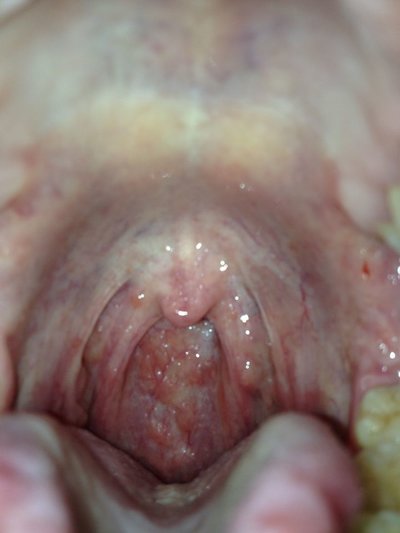
According to the history, systemic symptoms, pseudomembranous characteristics, obvious mucosal inflammatory reaction and severe pain, the diagnosis can be made. Smear examination and bacterial culture can help diagnosis. In order to exclude the secondary infection of other diseases, the history and examination should be carefully inquired.
matters needing attention
Treatment 1. Systemic treatment, 1) intramuscular injection or intravenous drip of anti infective antibiotics, bacterial culture and drug sensitivity test if necessary( 2) Systemic support therapy can supplement water, electrolytes, vitamins, etc. 2. Local treatment (1) gargle with anti infective 0.2% chlorhexidine 4-6 times a day; 5% chlortetracycline glycerin or antibiotic film; Containing chemical drugs( 2) 1% procaine gargle or 0.5% Dyclonine.


